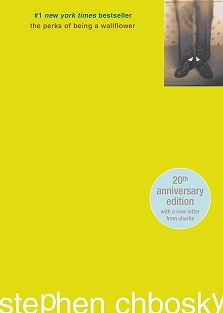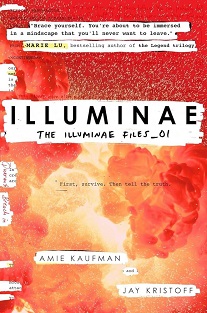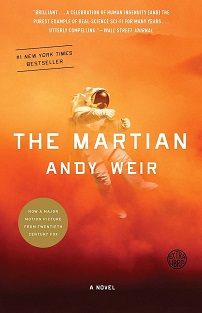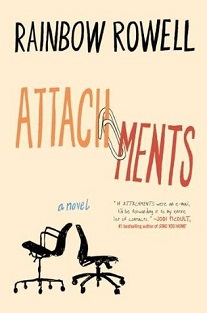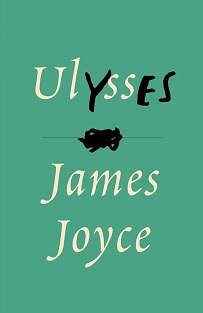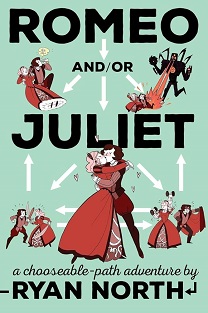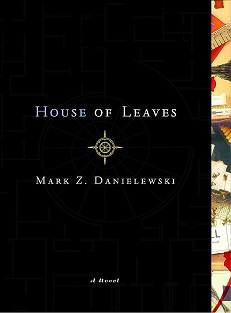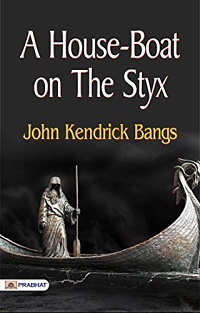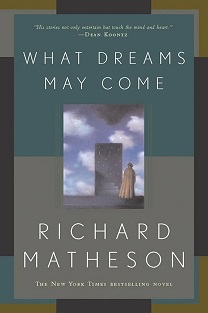LIBRARY BLOG
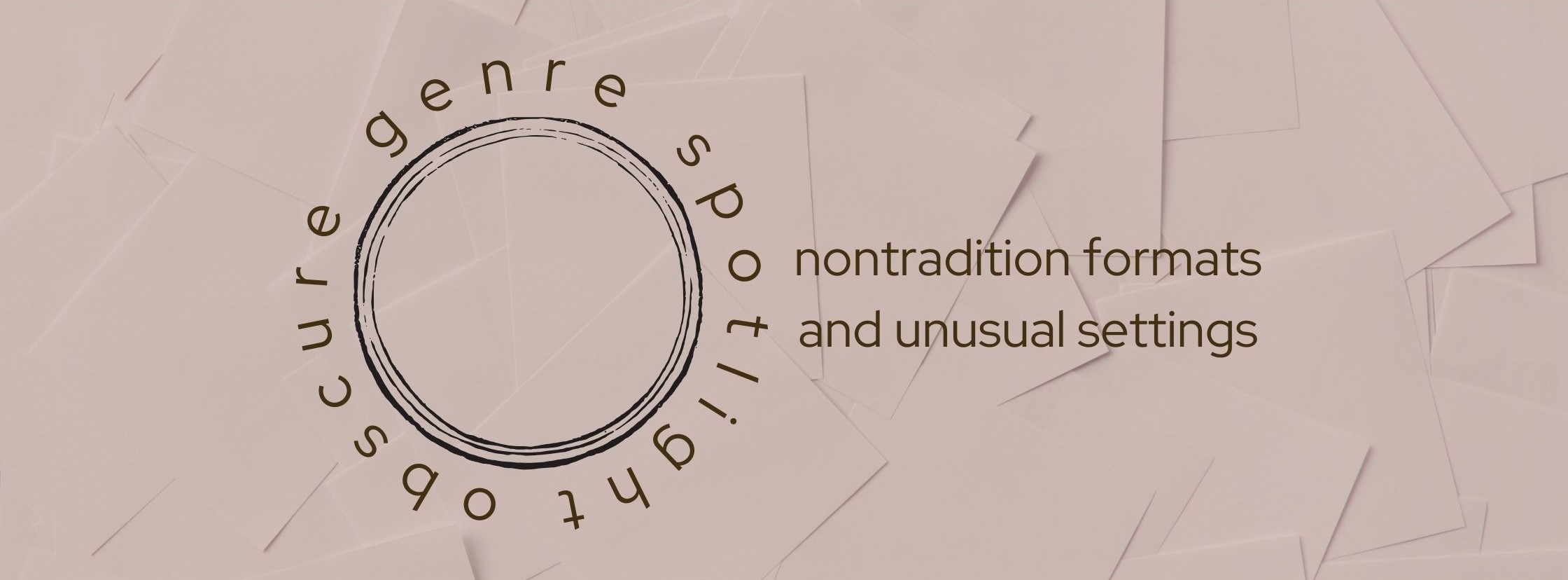
Obscure Genres Spotlight
Nontraditional Formats and Unusual Settings
Epistolary Fiction
You might have read an epistolary book before, but you might not know the name of the genre. It started out as novels comprised of letters (hence the root being epistle, derived from the Greek word for “letter”) but has since expanded to include narratives told with other documents like emails, transcripts, official records, diary entries, newspaper clippings, photographs, and more—even if letters aren’t involved in the text. Novels can include the traditional text of storytelling readers are familiar with or be fully told with nonconventional methods. There’s no tangible ratio of conventional to nonconventional text to keep in mind when deciding if a book is epistolary. Though, it’s important to note that it’s generally accepted that the book must be at least halfway (give or take) told through documents to be considered epistolary—a single letter squeezed between hundreds of pages of conventional text does not make an epistolary novel.
Epistolary novels are also ergodic in nature, another genre we will spotlight next.
The Supernatural Enhancements by Edgar Cantero
A mystery written in letters, transcripts, diary entries, notes, cyphers, and more
The Perks of Being a Wallflower
by Stephen Chbosky
A coming-of-age written entirely in entries
from a boy’s private diary
The Martian by Andy Weir
A sci-fi drama told mostly through an astronaut’s mission logs as he lives on Mars
Ergodic Fiction
Ergodic literature is composed of nontraditional book formatting that’s sometimes accompanied by the traditional formatting of set paragraphs and page chronology. It makes you work to read the text, like calligram poems or books where pages are not in story order. Ergodic books are often epistolary. Choose-your-own-adventure books, like some well-known examples by Ryan North, also fall into this category.
Ulysses by James Joyce
Though modern editions have tried to make this an easier read while keeping Joyce’s wishes, the original printing had no distinctions between chapters.
Choose Your Own Autobiography
by Neil Patrick Harris
A choose-your-own-adventure book that requires skipping pages to continue the unique storyline of your choosing.
Romeo and/or Juliet by Ryan North
Another choose-your-own-adventure book that requires skipping pages to continue unique storyline of your choosing.
Bangsian Fiction
Bangsian fantasy describes a genre that features the afterlife as a primary setting where the characters (who are sometimes deceased historical figures or famous characters) interact with each other and their surroundings. The genre was named after author John Kendrick Bangs, who wrote several works of this nature, though he did not invent it.
House-Boat on the Styx by John Kendrick Bangs
A book exploring what it would be like to put several dead historical figures in the same room (or houseboat). Charon, ferryman of the dead in Greek mythology, becomes a part of daily life on a houseboat on the River Styx.
What Dreams May Come by Richard Mattheson
The story of a man who goes to heaven, but journies into hell to rescue his wife.
Inferno by Dante Alighieri
The journey of a man through the nine circles of hell as he is guided by the ancient Greek poet Virgil.
Magnus Chase and the Gods of Asgard by Rick Riordan
A series that focuses on einherjar (fighters who died in combat and were taken to the Norse afterlife Valhalla) and their various quests to prevent Ragnorok. While only a portion actually takes place in Valhalla and Fólkvangr, the amount of dead characters (historical and original) interacting makes it Bangsian to me.
The Obscure Genre Spotlight Series
-Lil LeCompte, Reference Department


